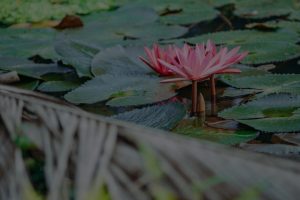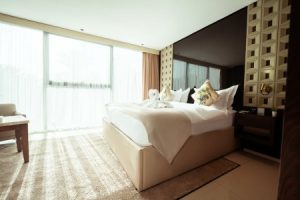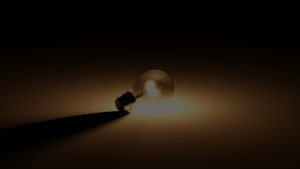**Feng Shui Myths Unveiled: Practical Insights for Western Homes**
Feng Shui, an ancient Chinese practice, is often shrouded in myths and misconceptions, especially in Western contexts. This article explores the truths behind common Feng Shui myths, providing practical insights for enhancing your living space.
Understanding the Essence of Feng Shui
Feng Shui, which translates to “wind” and “water,” is a philosophy that emphasizes harmony between individuals and their environments. It is rooted in the belief that our surroundings influence our well-being, prosperity, and relationships. However, many Western interpretations have misconstrued its principles, leading to confusion. By understanding the core essence of Feng Shui, individuals can effectively apply its teachings to their homes, enhancing their lives without being misled by myths.
Common Misconceptions: What Doesn’t Work
One prevalent myth is that Feng Shui requires extensive renovations or costly decor changes to be effective. In reality, small adjustments can yield significant benefits. For instance, simply rearranging furniture to improve energy flow can enhance comfort and functionality. Another misconception is that certain colors or objects are inherently “bad.” In truth, the effectiveness of colors and items depends on their placement and the individual’s personal connection to them.
Practical Applications: How to Integrate Feng Shui
To effectively incorporate Feng Shui into Western homes, start with the basics. Decluttering is a fundamental principle; a tidy space promotes positive energy. Additionally, consider the layout of your rooms. Ensure pathways are clear, allowing energy to circulate freely. The placement of mirrors can also play a crucial role; they can amplify energy when positioned correctly, but they can also reflect negative energy if misaligned.
Color Psychology and Feng Shui
Color plays a significant role in Feng Shui, yet it is often misunderstood. While certain colors are associated with specific energies, personal preference should guide choices. For example, blue is calming and promotes tranquility, making it ideal for bedrooms. Conversely, vibrant reds can invigorate spaces, perfect for social areas. Understanding the psychological impact of colors can help individuals create environments that resonate with their emotional needs.
Bringing Nature Indoors: The Power of Plants
Integrating plants into your home is a practical application of Feng Shui that aligns with Western values of wellness and sustainability. Plants not only purify the air but also symbolize growth and vitality. Specific plants, such as jade or peace lilies, are believed to attract positive energy. Placing them strategically in your home can enhance both aesthetics and energy flow, promoting a harmonious atmosphere.
Personalization: Trusting Your Instincts
Ultimately, the most crucial aspect of applying Feng Shui is personalization. While guidelines exist, each individual’s needs and preferences vary. Trusting your instincts when arranging your space is vital. If an arrangement feels right to you, it likely promotes positive energy in your life. Engage with your environment, experiment with placements, and observe how changes affect your mood and well-being.
In conclusion, understanding and debunking Feng Shui myths allows Western homeowners to harness its benefits effectively. By focusing on practical applications, such as decluttering, mindful color choices, and integrating nature, individuals can create harmonious spaces that enhance their lives. Remember, Feng Shui is not about rigid rules but about fostering a connection with your environment that reflects your unique self.










